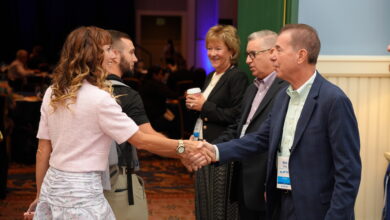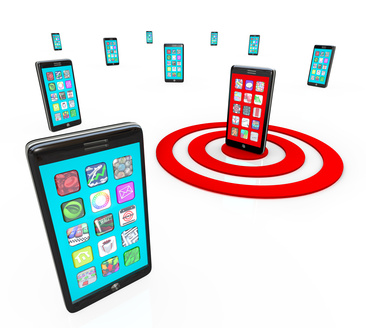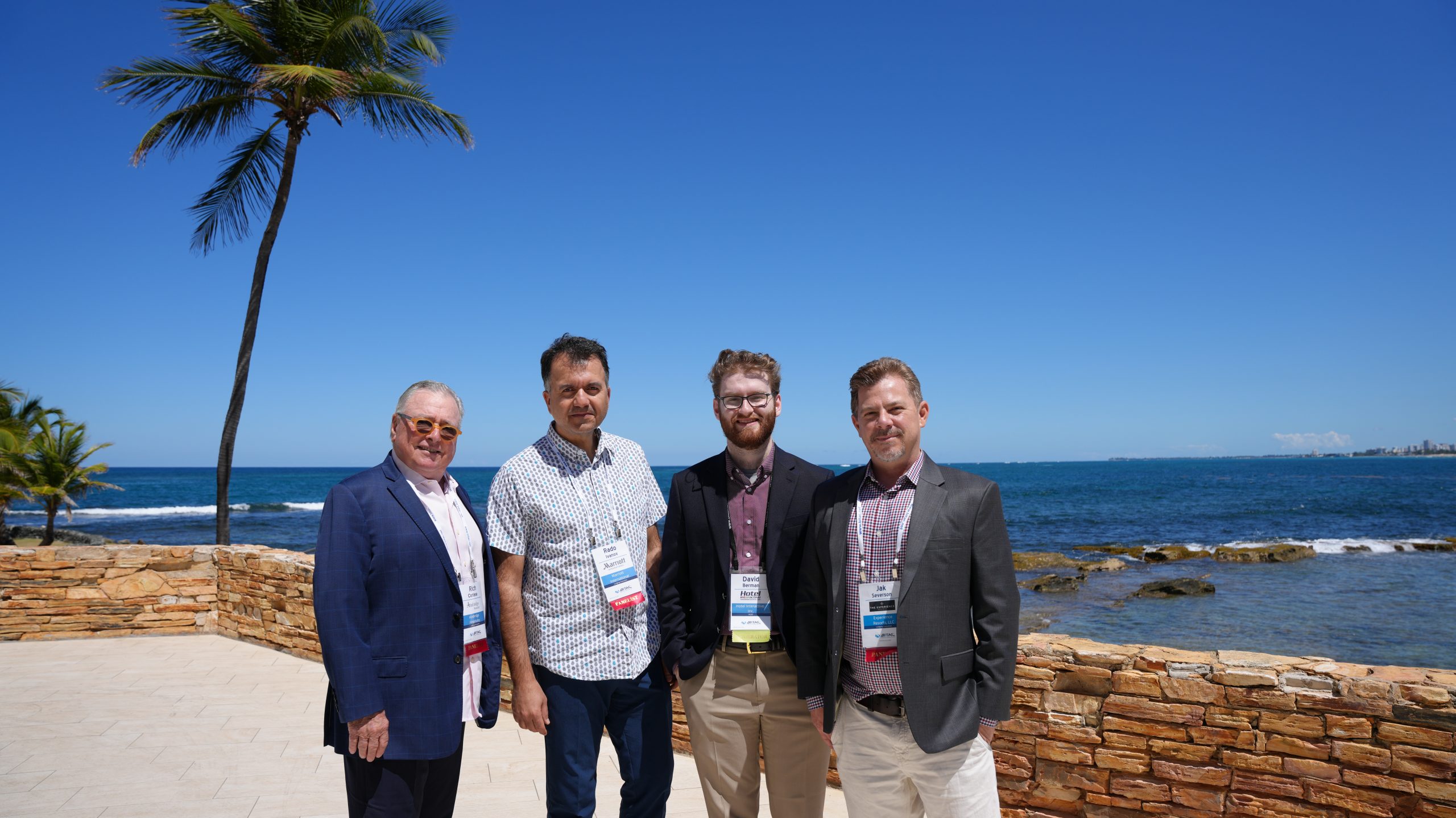Finding The Right Post-Pandemic Communication Medium
By Larry and Adam Mogelonsky | February 18, 2021
The pandemic has all but permanently changed travel behavior. With numerous other articles discussing hypersensitivity to COVID-19 sanitization procedures, drive-to staycations or revenge travel, the focus here is on how communications have changed and the impact that each medium now has when trying to motivate guests to buy from you or to better engage team members.
“The medium is the message,” as Marshall McLuhan so aptly said. And ever since media richness theory was first categorized in the 1980s, experts have been adjusting how certain mediums influence the outcome from an interaction, especially as new technologies like cell phones and email have entered the fray. This topic is particularly important for hotels as we are a service industry and much of our brand loyalty and ability to command higher prices depends on how we communicate with customers.
Even in 2021, videoconferencing is still booming (or should we say, Zoom-ing). We’ve passed the honeymoon stage with this technology and everyone is now comfortable with its use as well as its pratfalls, such as making sure you’re wearing pants before you log on. Next, even for a traditionally high-contact sector as hospitality, remote work is here to stay in some way, shape or form, which will force more communication through less emotive channels than in-person meetings. Without that personal touch, it is difficult to convey the proper undertones of a message that will leave the recipient feeling positive about the interaction. Despite their convenience, the use of these apps can often feel just as sterile as the bottle of hand sanitizer left next to the now-deserted front desk.
So, given our present circumstances, let’s rank the top five forms of digital communication for interactions with either a paying customer or an employee. Each is rated primarily based on the emotional impact with the receiver as well as ease of use and popularity, with a brief explanation for why. While in-person discussions will always be at the top, we’re excluding these from both lists because they are often unobtainable in the new normal of viral threats and physical distancing.
Most Impact for Employees
- Personal cell phone call. Given the oversaturation of videoconferencing, this ranks higher because it allows you both to escape the confines of your home office where the camera is located so that you can walk around and let new surroundings stimulate the conversation.
- One-on-one video chat. The lack of third parties allows you to have an earnest chat that gets to the heart of the matter, while seeing each other’s faces is also a strong contributing factor. Barriers here include the monotony of the home office and internet bandwidth or RAM issues which may decrease streaming fidelity.
- Private email. Email allows you to think carefully about your words before you hit send and craft your prose in a long format to ensure the full message is conveyed. In essence, this is letter writing for the 21st Century and the only obstacle is your command of the English language.
- Text message. You can get right to a staffer’s cell phone and get an instant response. What’s lost is that such messages tend to be shorthand haikus that leave the exact tonality open by interpretation, barring the inclusion of an apt emoji or accompanying gif. Where this medium excels is in immediately and efficiency.
- Group video meeting. It’s good to reconnect and see each other’s faces. But now that we have conquered the initial lockdown phase where the sight of your fellow colleagues was a morale boost in the face of so much anxiety, many people find large online gatherings to be an inefficient use of time. It’s hard for team members to express opinions or explore new issues, so best keep these meetings brief by sticking to an agenda.
Most Impact for Guests
- One-on-one video chat. Guests don’t know who you are know and in the world of contactless service they may never come to ever meet you face-to-face. Instead, with a pre-emptive email asking for permission, set up a call with a manager, a concierge or a front desk clerk to develop rapport beyond what a faceless email or AI-driven guest messaging app can ever deliver. Maybe your team member can perform a virtual walkthrough of some of the facilities where interest is expressed prior to arrival. As with your employees, make sure you have good bandwidth or else the lag may become annoying.
- Personal cell phone call. Perhaps incoming guests aren’t that receptive to having their faces shown to a member of your team. In this case, opt for a check-in call to touch base and to ask some questions that may help to personalize the onsite experience. Video or not, develop a script for your team to follow then ensure that someone updates the guest’s profile data.
- Personal email. We’re not talking about one of those automatic prearrival emails generated by the PMS or a marketing service. People can tell when someone takes the time to personally write out a few sentences and in lieu of a handwritten note this is a good alternative to develop rapport and learn more about your customers.
- Messaging app with a live agent. Just like an automated email, your guests can still tell the difference between a bot and an actual person. Even though the service request will be processed and rendered just the same—if not better by the computer—your guests still value getting the personal touch.
- Social media direct messages. These are a tad less personal than communicating through your own branded app but alas you have to talk to guests where they want to be talked to.
One particular aspect throughout worth noting is that, in the age of remote work, we’ll become a tad too saturated with mass-marketed eblasts, newsletters and all other forms of digital automated communications. As such, look to personalize wherever possible using your CRM or fully integrated PMS so that you can differentiate your brand from other hotels. Particularly due to how fast our culture is changing since the onset of COVID, you should be taking media richness theory into account when you re-evaluate how you communicate with your teams and your guests to maximize impact.






Get involved!
Comments